Journey through Kumamoto
In the Kyushu region stands Kumamoto (本市), surrounded by mountains and with its landscapes created by the volcanic activity of Mount Aso.
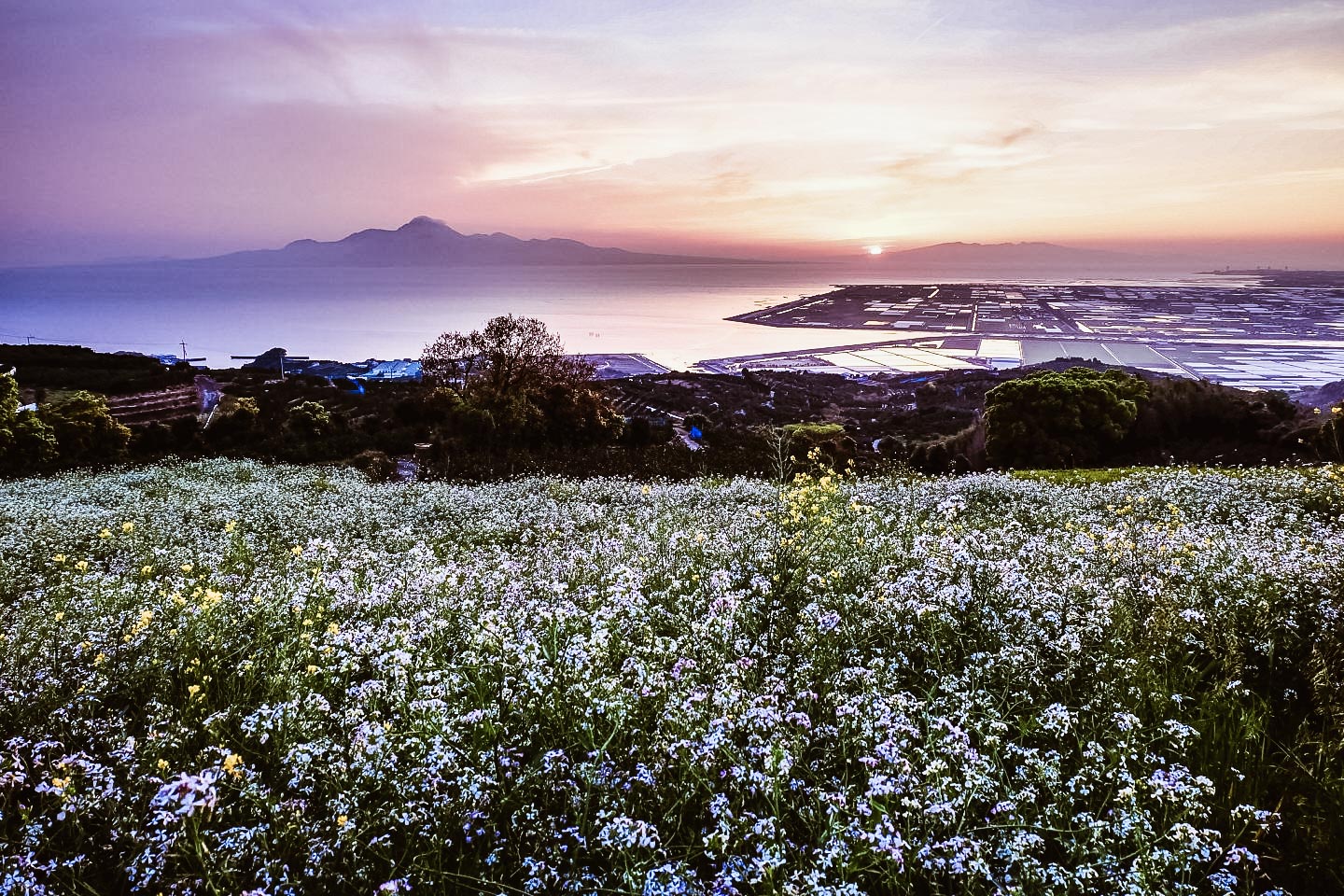
photo credits: japantravel.com
When we think of this city, the immediate reference is that of the black bear with red cheeks: Kumamon (くまモン). A true symbol of the prefecture that has become its own mascot, Kumamon also helps promote tourism in Japan and abroad with the “Kumamon Square”! (official website in Japanese and English: https://www.kumamon-sq.jp/en/)
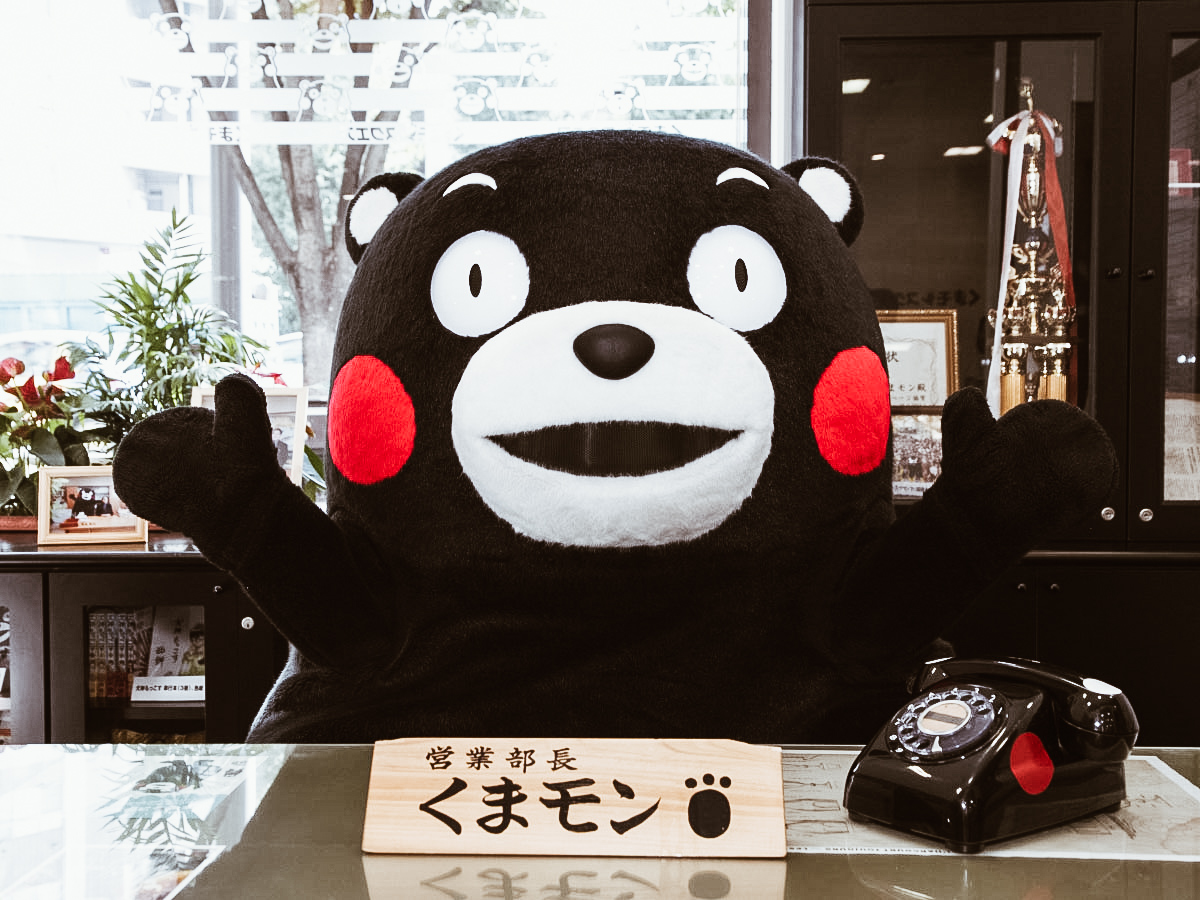
photo credits: kyushuandtokyo.org
The origins
During the Nara period, Katou Kiyomasa was named daimyō in 1588 and built the impregnable Kumamoto castle around which the village grew. The Kiyomasa clan was succeeded by Hosokawa’s. In 1877, former Satsuma samurai rebelled against the Meiji government with the Satsuma rebellion. The Castle of Kumamoto remained under siege for 53 days between drying out and fires, even the town was razed to the ground. A little curiosity, the facts of the Satsuma rebellion are narrated in the beautiful film “The last samurai”.
The new political order was re-established in 1889, giving Kumamoto the role of an important economic and industrial centre of Kyushu. Thanks to this it obtained the title of “city designated by government ordinance” (政令指定都市) counting as many as 5 neighbourhoods within it. The districts of the city are Kita-Ku (北区) the northern district, Nishi-Ku (西区) the west district, Chūō-Ku (中央区) the city centre, Higashi-Ku (東区) the east district and Minami-Ku (南区) the southern district.
Unfortunately a violent earthquake struck the prefecture in 2016 causing enormous damage, but the great Japanese spirit did not allow its inhabitants to surrender and today Kumamoto is still shining.
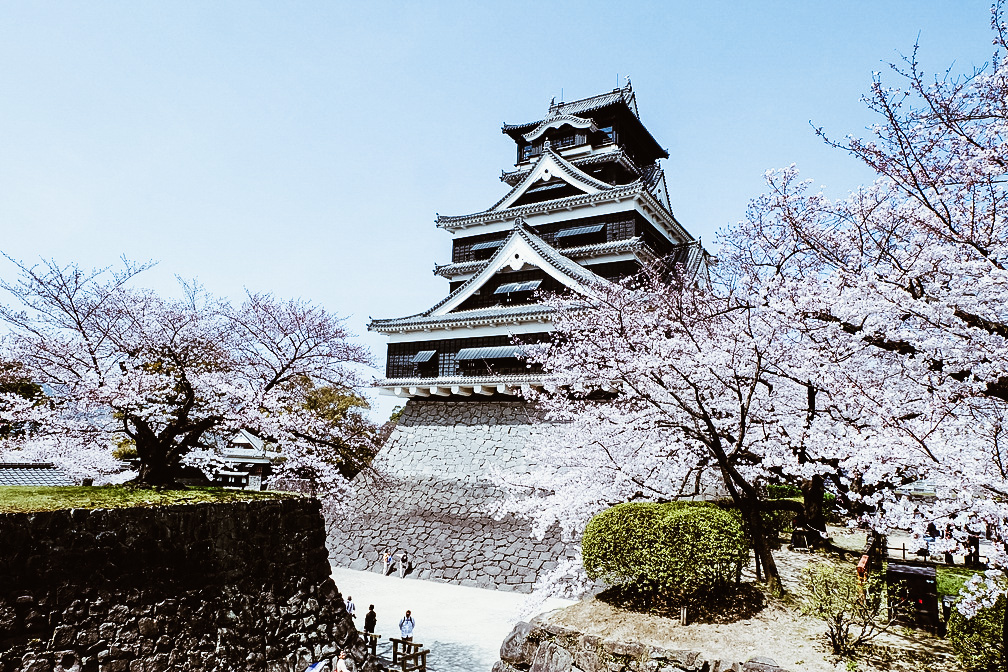
photo credits: zingarate.com
Explore Kumamoto
During the 60s and 70s, the castle underwent a massive restoration returning to its former glory. An unmissable stop is the Suizen-Ji Jōju-en garden built in 1636 by Hosokawa Tadatoshi. This serves as a retreat for tea thanks to the pure water of the pond. Inside there is the sanctuary of Izumi where members of the Hosokawa family are kept, a Nōgaku-dō and a Noh theatre. The Kokin-Denju-no-Ma teahouse was originally in the Kyoto Imperial Palace, but was moved here in 1912. The garden was declared a historic site of scenic beauty by the national government.
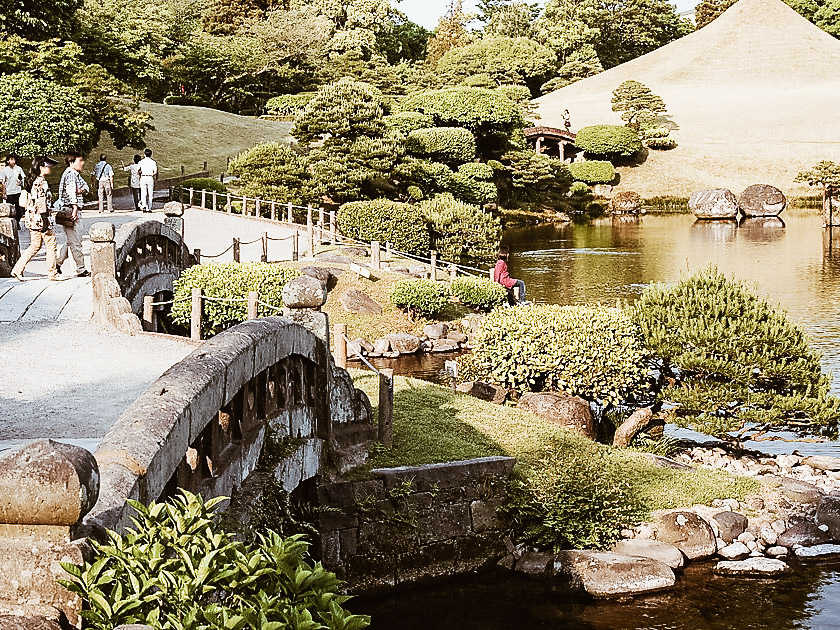
photo Credits: sygic.com
If you love museums, a must is the Kumamoto Prefectural Museum of Art. Just 500 meters from the castle, it houses several sections dedicated to modern Japanese, European and American art. In the museum, we find an area where the funerary objects found in the kofun (ancient burial mounds) and a last part dedicated to the finds belonging to the city are collected. Kumamoto is spectacular also thanks to its landscapes. In fact, one of the most magical places from which to enjoy breathtaking views of the entire prefecture is the Hanaokayama Koen park. Lake Ezu is located in the south of the city. This stretch of water is surrounded by an immense natural oasis in which to walk, fish, take a ride on the characteristic Japanese boats for hire, or do birdwatching. Staying with nature, it is interesting to visit the Kumamoto City Zoological Garden. Here we find 124 different species of animals, beautiful botanical gardens and a small funfair.
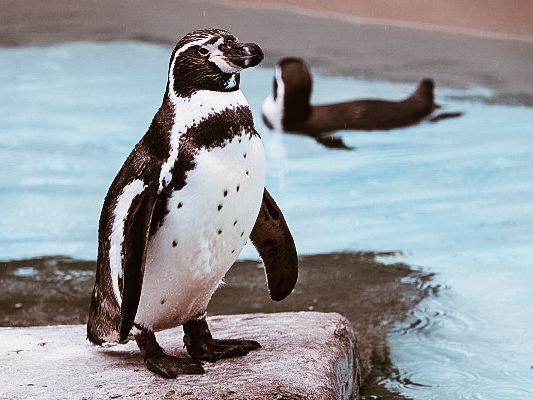
photo Credits: zoosinjapan.blogspot.com
There is a place that it is worth visiting: the Reigando cave (霊巌洞). Sacred and mysterious, this cave rises at the foot of Mount Kinpo. This place has achieved fame mainly because here the philosopher Musashi Miyamoto composed the treatise on martial arts “Go Rin No Sho” (The Book of Five Rings. But not only that, it is here that over the centuries, monks, poets and warriors they went to meditate.
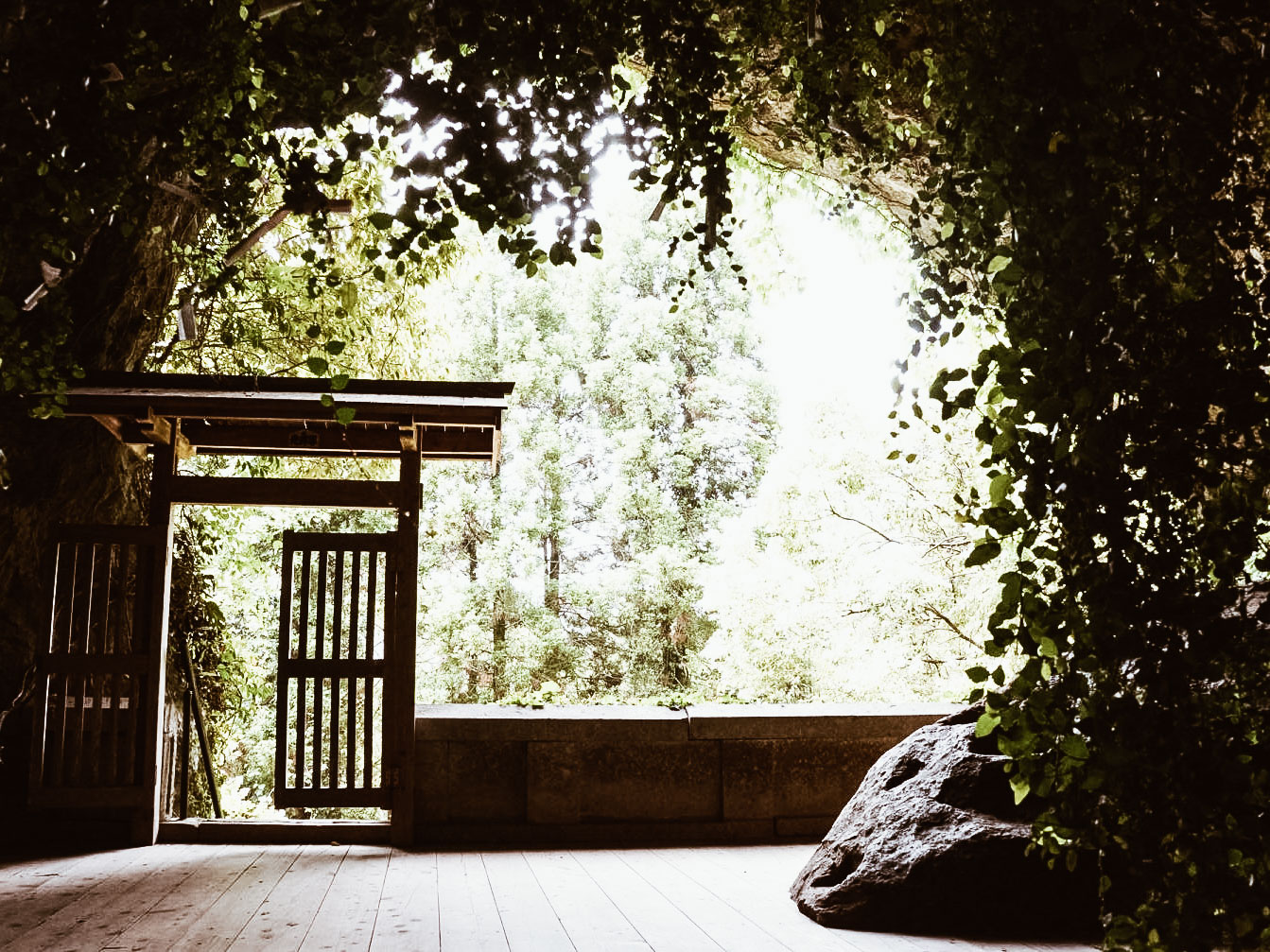
photo Credits: kumamoto-guide.jp
To reach Reigando it is necessary to cross the Zen Buddhist temple of Unganzenji. The path consists of a steep stone staircase to the sides of which 500 unique statues of the enlightened followers of Buddha unfold. At the end of the path opens the entrance to the cave that overlooks the forest. At the back of the cave is the four-faced goddess Iwato Kanon. It is said that the statue was mysteriously washed in the cave 1000 years ago after the ship that transported it sank.
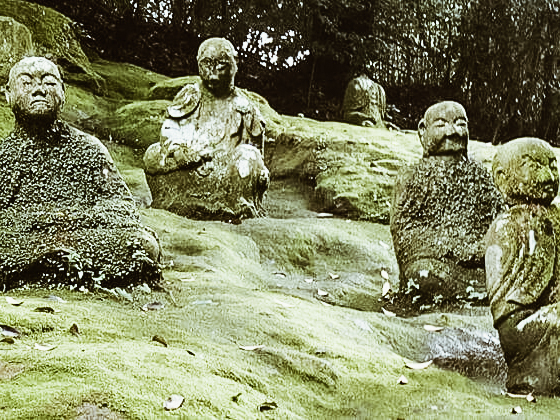
photo Credits: japanshoreexcursions.com
Spiritual and relaxing, Kumamoto can really give its visitors a lot and absolutely deserves to be visited and loved, like every city in Japan.
Share this:
- Click to share on Facebook (Opens in new window)
- Click to share on Twitter (Opens in new window)
- Click to share on Tumblr (Opens in new window)
- Click to share on Pinterest (Opens in new window)
- Click to share on Telegram (Opens in new window)
- Click to share on WhatsApp (Opens in new window)
- Click to share on Reddit (Opens in new window)
- Click to print (Opens in new window)






